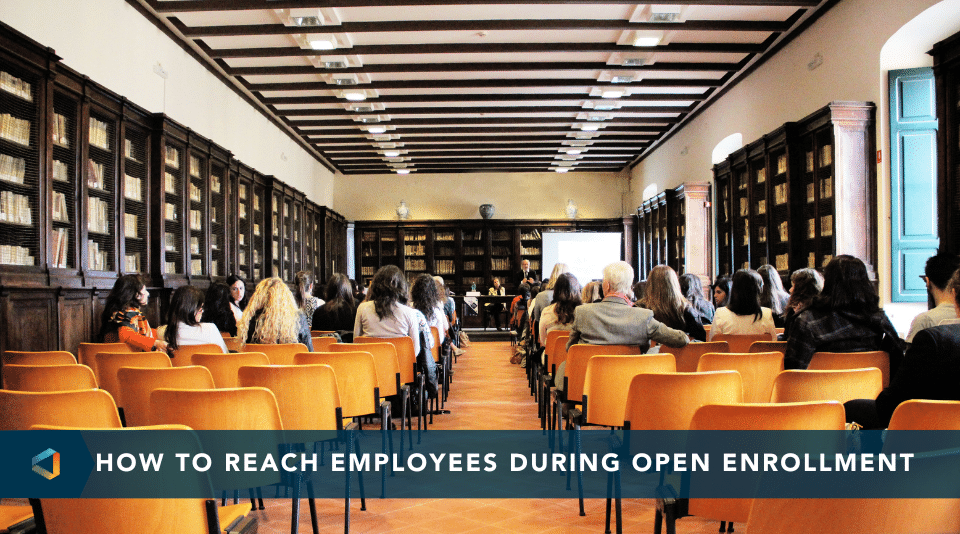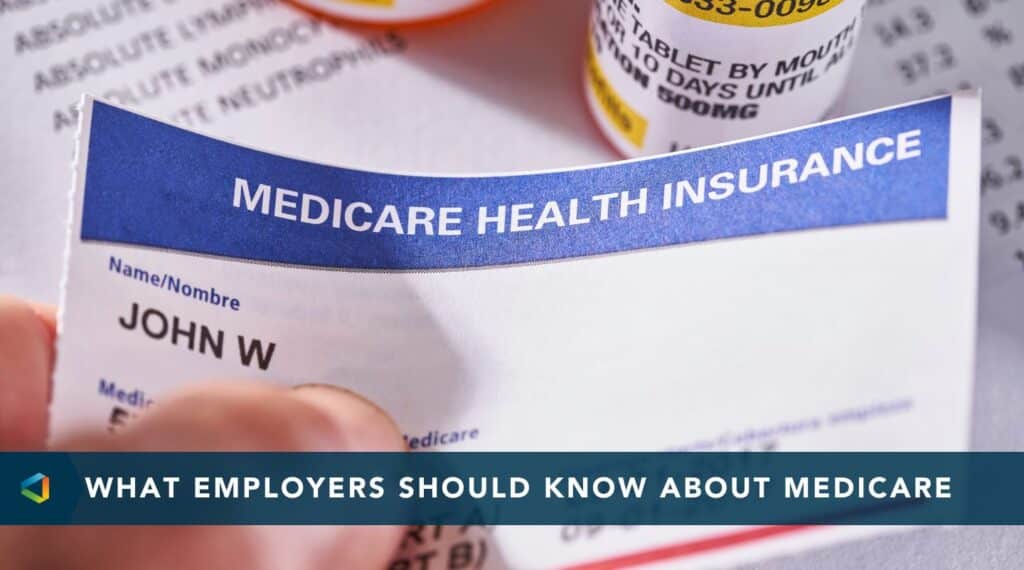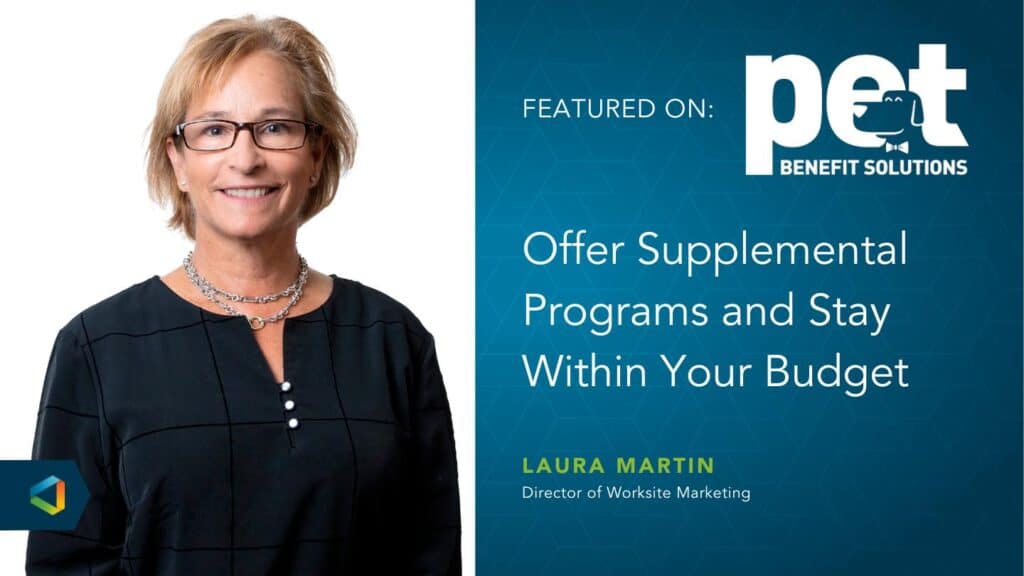Open enrollment can be an overwhelming time for both employers and employees.
Employees are given the opportunity to re-evaluate their current benefits and make changes for the coming year, while employers must choose a benefits package that balances cost and value and facilitate the enrollment process. Due to a variety of factors, benefit offerings are changing, placing new demands on employees and employers during open enrollment.
To make the enrollment process as smooth as possible, it is important that employers educate and communicate with their employees effectively.
Open Enrollment Education Strategies
To help employees select the plan option that best meets their needs, employers should provide information about the following:
- A general summary of what benefits are covered by the plan
- Limits on coverage, as well as limits on coverage for certain conditions
- Coverage for preventive services, procedures and medications
- Prescription drug coverage details
- Cost-sharing (e.g., premium contribution, deductible, copayment or coinsurance requirements)
- Consumer directed and high deductible health plans or other non-traditional plan types
The following are eight ways for employers to improve their open enrollment communication strategies:
- Communicate frequently with employees regarding their health coverage options, but avoid overwhelming employees with information. Give them ample time to absorb new information, ask questions and express concerns.
- Use simple terms to explain changes.
- Thoroughly explain the goals and rationale of health care benefits to managers and business leaders so they can effectively explain health plans to employees.
Be ready to answer questions and face challenges from employees regarding changes. - Be honest and direct when discussing health benefits, especially if employees are facing cost increases for their coverage.
- Discuss the “Five Cs” of enrollment with employees: Cost, coverage information, changes to plans, comparisons to last year’s plans and current options.
- Provide information to employees about the health care providers or networks that will be available to them in new or revised plan options.
- Provide testimonials from other employees about their experiences with changes in health care coverage.
- Use a variety of communication methods, such as the Internet, printed materials and face-to-face discussions.
Overall, a successful and effective open enrollment process can have a dramatic impact on the relationship between employers and their employees. By catering to their needs and wants, employers will ultimately make the experience more enjoyable and worthwhile for their workers. As a result, they will feel more secure in their benefits decisions throughout the plan year.
For additional resources on creating an engaging open enrollment experience, visit the OneDigital Open Enrollment Hub or contact a OneDigital strategist.




